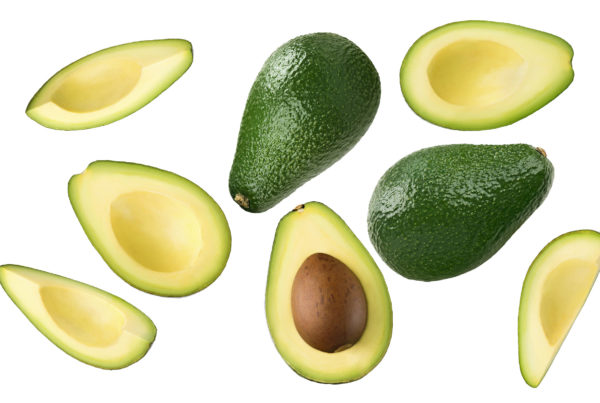”Kentucky, what do you know about intermittent fasting? It has become a popular style of eating to help with weight management. This week's article discusses the author's experience with intermittent fasting. We hope this helps you decide whether intermittent fasting is right for you!
Reading time: 10 Minutes
MWi Hacks:
- Let the results from a 6 month study guide your decision making on using intermittent fasting as a wellness strategy
MWi Summary:
- This article talks about one athlete’s experience with intermittent fasting with a few key takeaways such as trial fasting is a good way to manage hunger and more regular fasting is not objectively better for losing fat.
- In this athlete’s experience, intermittment fasting can be a useful tool but is not necessarily the be-all, end-all of nutrition or fitness.
- Overall successful nutrition plans including controlling energy intake, focusing on food quality, and regular exercise.
Some experts claim short fasts can improve your health and help you lose fat faster. So we spent 6 months testing the most popular Intermittent Fasting (IF) protocols ourselves. Find out what IF is, whether you should do it, and if so — how.
Why experiment with intermittent fasting?
I’m a professional dieter. In other words, I’ve done nearly every diet or nutritional protocol that’s around to test its efficacy.
Intermittent fasting has a small yet strong following and enough research to pique my curiosity.
I wanted to test it myself to see what kinds of physiological and psychological changes would come from it.
Also, as a competitive, masters-level track athlete and life-long fitness enthusiast, I wanted to test a new way to drop fat and get extremely lean, while staying strong and powerful.
What did you test?
Since there isn’t one definitive intermittent fasting protocol, I decided to test six different methods over the course of six months.
I kept meticulous notes on everything from scale weight, body-fat percentage, and blood/hormonal markers, to lifestyle markers like energy levels, cognitive thought, and pain-in-the-ass factors.
What happened?
Over the course of six months:
- My weight dropped from 190 pounds to 170 pounds.
- My body fat dropped from 10% to 4% while maintaining most of my lean muscle mass.
- I found two intermittent fasting strategies that I could follow indefinitely with no problem.
Simply put, I hit the goals I set for myself in a way that was easier and less time-consuming than “traditional” dieting.
What are the big “takeaways”?
I think there are four main takeaways that readers of this book should come away with.
- Trial fasting is a great way to practice managing hunger. This is an essential skill for anyone who wants to get in shape and stay healthy and fit.
- More regular fasting isn’t objectively better for losing body fat.While my IF experiments worked quite well, the intermittent fasting approach (bigger meals, less frequently) didn’t help me lose fat any faster or better than a more conventional diet approach (smaller meals, more frequently) might have.
- More regular fasting did make it easier to maintain a lower body fat percentage. Intermittent fasting isn’t easy. However, I did find that using this approach made it easier for me to maintain a low body weight and a very low body fat percentage vs. more conventional diets.
- Intermittent fasting can work but it’s not for everyone, nor does it need to be. In the end, IF is just one approach, among many effective ones, for improving health, performance, and body composition.
So intermittent fasting is good, but not necessary?
Exactly.
Intermittent fasting can be helpful for in-shape people (who ideally have a healthy and sane relationship with food) who want to really get lean without following conventional bodybuilding diets, or for anyone who needs to learn the difference between body hunger and mental hunger. (And for the latter, I only recommend the Trial Fast.)
It’s a helpful tool and one I’ll continue to use periodically. But it’s not the end-all, be-all of nutrition or fitness.
People have been getting in awesome shape — and staying in awesome shape — for decades without the use of intermittent fasting.
How are IF and “grazing” similar?
Successful nutrition plans, whether they use smaller, more frequent meals (grazing) or larger, less frequent meals (fasting) all share a few features.
These include:
- Controlling energy intake. When we consume less energy (i.e. calories) than we burn, we lose weight (and, ideally, most of that is body fat). Whether you take in less energy by eating frequent small meals or infrequent larger meals is up to you.
- Focusing on food quality. Fresh, unprocessed, nutrient-dense food is a must, regardless of which eating style you adopt.
- Regular exercise. Exercise is a critical part of the equation.
Once those three have been taken care of, it’s a matter of personal preference and lifestyle considerations.
MWi would like to thank Dr. John Berardi for writing this article and supporting our community with his expert insights. Follow this link to read the original article:
https://www.precisionnutrition.com/intermittent-fasting
About the author:
John Berardi, PhD is a founder of Precision Nutrition, the world’s largest online nutrition coaching company. He’s an advisor to Apple, Equinox, Nike, and Titleist. Was recently selected as one of the 20 smartest coaches in the world by Livestrong.com. And, in the last 5 years, his team has helped over 30,000 people get in the best shape of their lives through their renowned Precision Nutrition Personal Coaching program.






